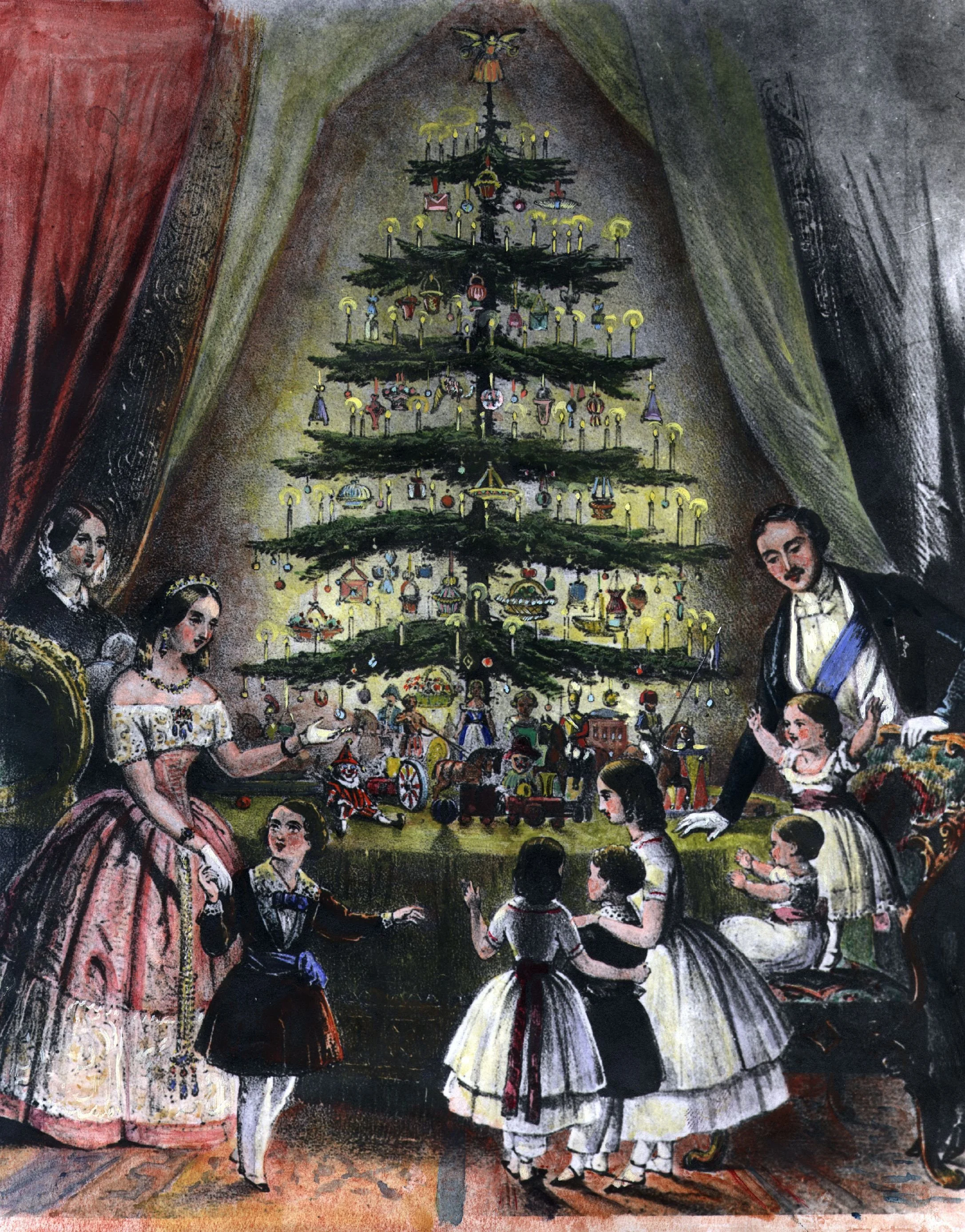The Twelve Days of Craft-mas: Introduction
By Lovissa Wiens
Each year, at the end of November, the Dalnavert Volunteers gather in the parlour and decorate the Christmas tree. This year I had the honour of witnessing this event. Music fills the air as the volunteers carefully place the ornaments on the tree. Of these ornaments, some are antique, some have been donated by past volunteers, and some are attempts at recreating the handmade ornaments of the Victorian era. I found this last type to be the most interesting as it led me to wonder, what did people hang on their trees before the commercialization of Christmas decorations?
Upon further research I learnt that in the Victorian era, Christmas trees were “traditionally decorated with dried fruit, candies in wrappers, cookies, nuts, and strands of popcorn or cranberries.”(3) My next two questions were: “Could I recreate these types of decorations using mostly the same tools available at the time?” and “If I document the process in easy to follow steps, would our blog readers be interested in following along?” The answer to the second question was an enthusiastic “yes” from my colleagues, and so, I present to you, “The Twelve Days of Craftmas.” But first, seeing as this is a museum website, a bit of history is in order.
Fig 1. 1848 Illustration of the Royal Family and their Christmas tree.
A Brief History of the Christmas Tree
The origins of what we understand to be the Christmas Tree are heavily debated, but it is generally accepted that the tradition comes from early Pagans associating the evergreen tree with the Winter Solstice (1). This eventually evolved into the "paradise trees" of Germany in the Middle Ages. "Paradise trees", decorated with apples to symbolize the trees in the garden of Eden, were presented on December 24th for the feast of Adam and Eve (2). Overtime, the tradition grew (pun not intended) into the Christmas tree. The initial choice to hang candles on the tree is often credited to Martin Luther in the 16th century (2).
The first recorded appearance of a Christmas tree in North America was in Sorel, Quebec, 1781, thanks to German-born Baroness Riedesel's Christmas eve party decorations(1). It would be a few decades, however, until the tree would gain mass popularity. Naturally, the credit for this decor phenomenon goes to the namesake and trendsetter of the era, Queen Victoria, and her husband Prince Albert. Prince Albert brought the tradition from his home country into the royal palace, and an illustration published in a 1948 London newspaper (Fig. 1) that featured the royal family gathered around their decorated tree took the world by storm (2). While German settlers throughout North America had been observing the tradition for generations, it was the confirmation from Kensington that inspired the masses. Soon, many Canadian living rooms were home to a pine, spruce, or evergreen tree.
Back to Craftmas!
My goal with this project is to connect with history through craft. I intend to follow some soft guidelines with this goal in mind:
Use only materials and tools that would be available to middle-class people in the Victorian era
Use (as often as possible) instructions taken directly from Victorian sources
The first of these guidelines has already been broken, seeing as I have access to the internet, which puts me at an advantage. I do not, however, own a nutcracker, so hopefully that’s enough of a disadvantage to balance things out. The second should be fairly doable, since, as I mentioned, I have access to the internet, an endless archive of useless information.
Every year in elementary school we would make Christmas tree ornaments for our families, and sometimes I wonder, why did I stop? I love making crafts of every kind, and I love seeing the things I made on display almost as much. This project gives me the chance to test out some different crafts that just might become traditions.
And so, without further ado, I present to you, “The Twelve Days of Craft-mas.”
Sources
Marsh, James H. “The First Christmas Tree in North America”, The Canadian Encyclopedia, 18 October 2013,https://www.thecanadianencyclopedia.ca/en/article/christmas-tree-o-christmas-tree-your-branches-green-delight-us-feature. Accessed 14 December 2023.
Tikkanen, Amy. “How Did the Tradition of Christmas Trees Start?”, Encyclopaedia Britannica, 2 December 2022, https://www.britannica.com/story/how-did-the-tradition-of-christmas-trees-start. Accessed 14 December 2023.
Starmans, Barbara J. “Victorian Christmas Tree Decorations”, The Social Historian, 23 December 2018, https://www.thesocialhistorian.com/victorian-christmas-tree-decorations/. Accessed 14 December 2023.


